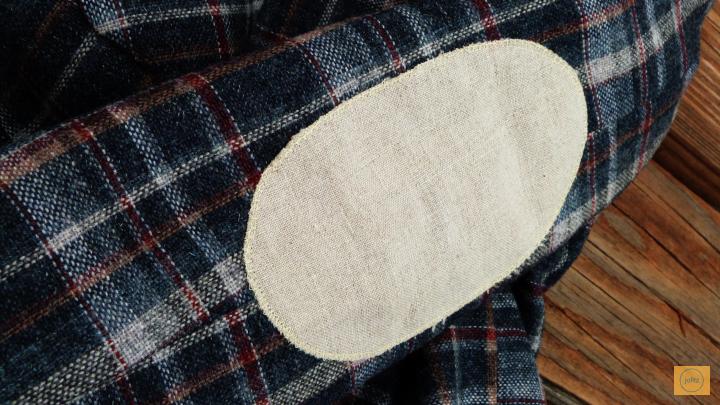
Drupal basics: Pathauto
In the world of web development, clean and user-friendly URLs are essential for both SEO and user experience.
Pathauto takes the hassle out of URL management by automatically creating URL aliases based on predefined patterns./articles/my-awesome-article or /categories/drupal-development. This not only improves your site's SEO by incorporating relevant keywords but also makes it easier for users to understand and remember your URLs.
Why Pathauto is a Must-Have:
- SEO Optimization: Creates URLs that are keyword-rich, improving your site's search engine rankings.
- User-Friendliness: Generates URLs that are easy to read and remember, enhancing user experience.
- Automation: Eliminates the need for manual URL alias creation, saving you time and effort.
- Consistency: Ensures consistent URL patterns across your site, improving site structure.
- Token Integration: Uses Drupal's Token module to dynamically generate URLs based on content fields, titles, and other data.
Quick "How To" Get Started:
- Installation: Install the Pathauto and Token modules via Composer (
composer require drupal/pathauto drupal/token). - Configuration: Navigate to "Configuration" > "Search and metadata" > "URL aliases / Patterns."
- Add a Pattern: Click "Add URL alias pattern."
- Content Type Selection: Choose the content type or taxonomy vocabulary for which you want to create a pattern (e.g., "Article," "Page," "Tags").
- Pattern Creation: Use tokens to define the URL alias pattern. For example:
[node:content-type]/[node:title]for content nodes.categories/[term:name]for taxonomy terms.
- Settings: Configure other settings, such as punctuation replacement and case conversion.
- Save Pattern: Save your pattern.
- Bulk Generate Aliases (Optional): After configuring your patterns, you can bulk generate aliases for existing content by navigating to the "Bulk generate" tab.
- Clear Cache: Clear Drupal's cache.
Example Pattern:
For an "Article" content type, you might use the pattern:
articles/[node:title-raw]
This would generate URLs like /articles/my-article-title.
By implementing Pathauto, you can significantly improve your Drupal site's URL structure, benefiting both search engines and your website visitors.




